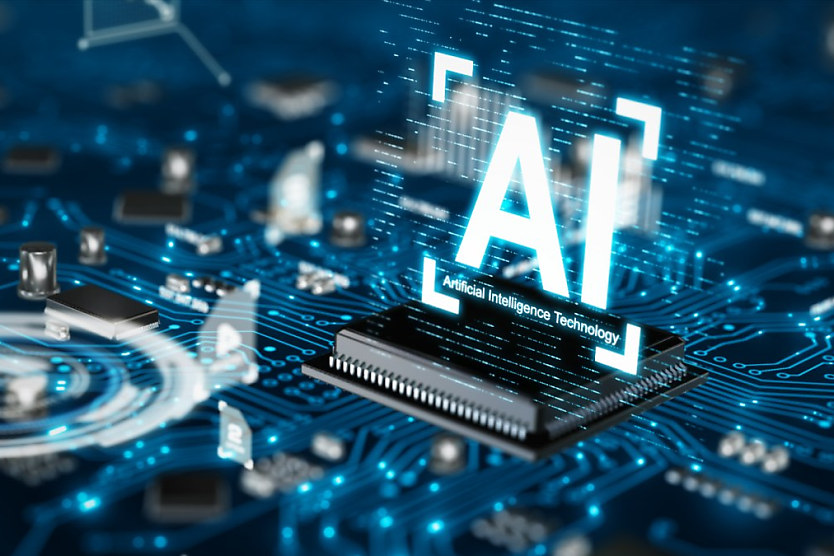
Despite fear-mongering around low-skilled workers being out of a job (for good) in an AI-driven future, new research suggests high-skilled positions are most likely to be affected.
Occupations using “more cognitive and sensory skills” will be more impacted by generative artificial intelligence (AI) than will those that rely on physical skills, said the Future Skills Organisation (FSO) in its recent Impact of Generative AI on Skills in the Workplace report.
Generative AI can affect work in three different ways. It can automate (entirely replace), augment (human-led collaboration), or adapt (AI-led collaboration) existing work. Though lower-skilled tasks are more likely to be affected through automation, this will be a much slower process than the augmentation and adaptation of mostly higher-skilled work.
At the occupational level, the following will be most affected by generative AI augmentation and adaptation, said the report:
1. Human resources
2. Accounting
3. Banking
4. Marketing
5. Communication
“The occupations with the highest required skill level are more likely to change with generative AI, as these occupations tend to rely more heavily on cognitive skills, which AI excels in,” explained the FSO.
Assembly line 2.0
These findings add more context to the “never-ending debate” over whether AI will “create, eliminate, or modify jobs, and how much”. Though fears abound that lower-skilled workers will be replaced en masse by AI and automation, this report adds to the growing case against the idea. On the same side of the fence, the World Economic Forum’s (WEF) concept of the “assembly line 2.0” – standing for the idea that AI will create a need for massive amounts of human labour.
“While factories and manufacturing facilities are becoming smarter, full of robots taking care of manual tasks that used to be carried out by human workers, data annotation farms are the new assembly lines 2.0 in the age of artificial intelligence,” explained the WEF.
“Labelling data can be thought of as the cognitive equivalent of the assembly line, in which workers do not suffer from exhausting physically demanding tasks, but are instead engaged in cognitive efforts.”
The WEF added that, while the tasks can be repetitive, they are less fraught with physical dangers and can largely be performed from a chair.
AI-ready workforce
Importantly, the report claims the augmentation likely implied by greater use of generative AI in these professions will present many new and exciting opportunities.
“We know that Australia’s finance, technology and business sectors are some of the most innovative, creative and resilient sectors. AI has the potential to establish new ways of conducting business, with tasks being automated, augmented or adapted, and ultimately shifting how we create, consume and engage with content,” said FSO chief executive Patrick Kidd.
Transition is disruptive by definition. Some roles will change fundamentally, while others will be replaced altogether. To best protect workers in the face of the coming wave of generative AI, employers and governments should strategise, explained Mr Kidd.
“We need to plan now for how the workforce will transition so we can realise our potential in this environment,” he said.
By 2026, Australia is projected to have a digital worker shortfall of 370,000 people, said FSO in its Growing Australia’s Digital Workforce report. In closing the gap, it will be crucial that students are trained to work alongside generative AI – particularly those at the university level whose skills are most at risk of being disrupted.
Within the VET system, higher-level qualifications (graduate certificates and diplomas) will be more likely to face disruption than lower-level VET offerings. Of those higher-level VET programs, financial services, business services, and ICT courses will be most affected by generative AI.
“These findings allow us to more clearly understand the current and emerging influences and trends impacting the VET system, allowing us to equip training providers and students with the skills to harness this potential rather than be passive bystanders,” Mr Kidd said.
RELATED TERMS
The term "workforce" or "labour force" refers to the group of people who are either employed or unemployed.
Nick Wilson
Nick Wilson is a journalist with HR Leader. With a background in environmental law and communications consultancy, Nick has a passion for language and fact-driven storytelling.










